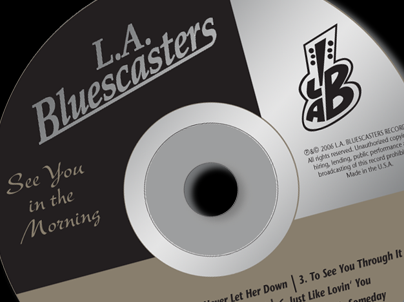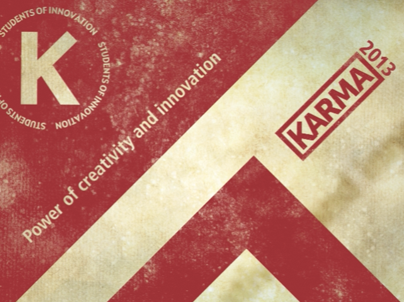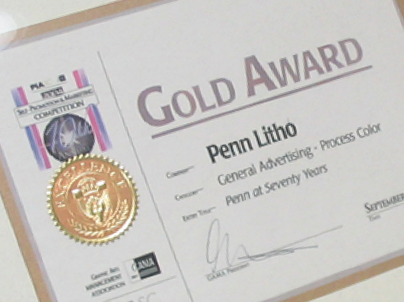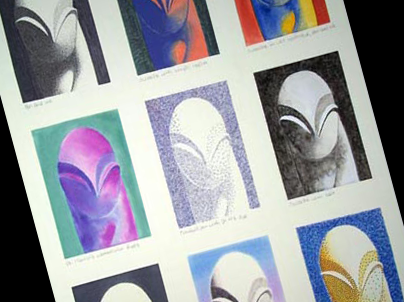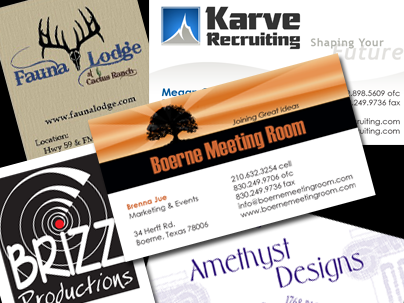The following images demonstrate my graphic composition in collaboration with a Flash developer Anthony Brinegar to create bespoke eLearning.
• Courses were designed with Photoshop and Illustrator, and developed in Flash
• Integrated with client’s Learning Management System (LMS)
• Interactive features and flash-based animation were included throughout
Below is an e-learning course on the principles and key components of the tools and techniques of value management fundamentals for a global polymer manufacturing company. Practice exercises include responsive sliding scales and relevant scenarios for application.
This e-learning course was built for a global snack food manufacturer. Their team members were trained on process improvement and stage gate success and readiness criteria. We created branching scenarios for specific job roles so that the same course could be deployed to the wide range of demographics while allowing it to feel like a personal experience.
This e-learning course was designed for a global healthcare and pharmaceuticals company. The learner is introduced to negotiation fundamentals, then they engage a customer in work-related scenarios. This allows them to apply their newly acquired skills in a simulated environment. The course is designed with learner-interactive variables so that they may understand the different results when distinct decisions are applied. This branched learning allows one to take the course several times and have a different experience depending on user interactions. We worked with translators to create this content for six languages.
This course was a virtual simulation designed for a global healthcare and pharmaceuticals company. The goal was to provide an understanding of how to use the workflow management utility and asset management repository. The process is fully simulated in the course. Going beyond screenshots and hypothetical practice, the simulation is so accurate that the learner is able to enter data and interact as if working with the real software application.
This workshop teaches business managers of a global healthcare and pharmaceuticals company the commercialization business process through case scenarios. I customized this PowerPoint template to align with the client’s brand and allow the facilitator to navigate easily through the presentation using a top bar menu. The exercises we developed support improved process design sessions across management roles with a focus on process mapping techniques to be transmitted to other parts of the business.
A simple learning tool was required to work on all systems, for all end-users, and in various situations whether for single on-demand or group workshops. PowerPoint is the tool of choice here, with hyperlinked navigation and progress tickers to convey interactive functionality without requiring high-end development or proprietary authoring tools. Below is an example of portfolio management training with CA Clarity for a global leader in personal care brands.
Here is a training deck on “Oracle PLM for Process” (standardized product data record and workflow process) for the world’s largest chain of hamburger fast food restaurants.
A simple tool was required to work on all systems, for all end-users, and in various situations whether for single on-demand or group workshops. PowerPoint is the tool of choice here, with hyperlinked navigation and progress tickers to convey interactive functionality without requiring high-end development or proprietary authoring tools. Teams needed to know how roles interacted in their workflow process. We use indicators to demonstrate which roles are affected by various steps in the process.
This training deck was designed for the largest U.S. supermarket chain to train the organization on their new product development (NPD) process. To keep all modules compacted into a single file, I created several master slides with hyperlinked interactivity to be able to jump to session topics. Often the challenge with training materials development is taking content from several sources and making it appear as if it came from one original source. Designing with consistency and compromise are critical factors to avoiding the odd cut-and-pasted look.
